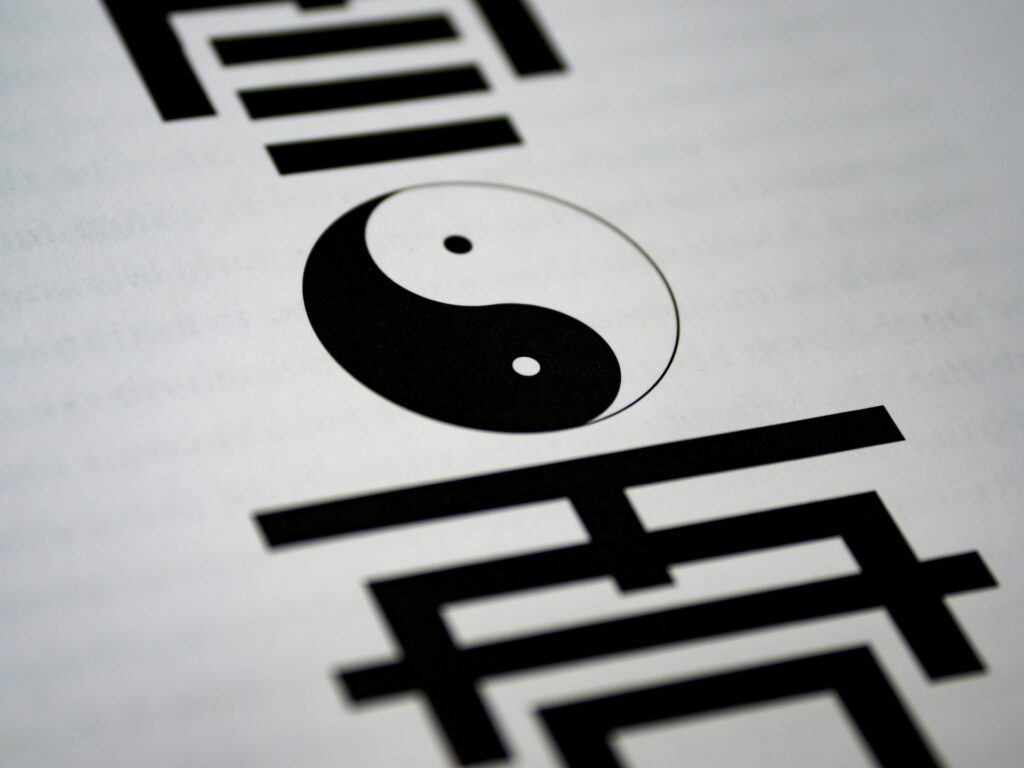In this post we’ll look at different ways to say “good” and “bad” in Chinese with varying degrees of strength.
At a basic level, every Chinese learner should first learn that
Table of Contents
List of ways to say good and bad in Chinese
Below is a list of vocabulary for expressing “very good” to “very bad” in Chinese with example sentences:
| Chinese / English | Example Sentence |
|---|---|
|
very bad |
I feel very bad |
|
not good |
not good looking |
|
not too good |
The weather isn’t very good |
|
so-so |
My Chinese is so-so |
|
okay |
He’s okay |
|
okay |
How’s school? okay, not bad. |
|
fine |
That’s fine |
|
good (“not bad”) |
Sounds good |
|
good |
I’m good |
|
very good |
They’re very good |
|
excellent |
That would be great |
Example Dialogues
Below are some example dialogues using the good and bad vocabulary from the above list.
Example Dialogue 1:
How are you?
I’m good. How about you?
I’m not good.
Example Dialogue 2:
How are you?
Not very good, just so-so.
Example Dialogue 3:
How is the weather there?
The weather is excellent!
Summary
As you can see there are a variety of ways to express the degree of how good or bad something or someone is in Chinese. You don’t need to memorise the entire list or dialogues, but try to make use of a few of the phrases to help to commit them to memory.

